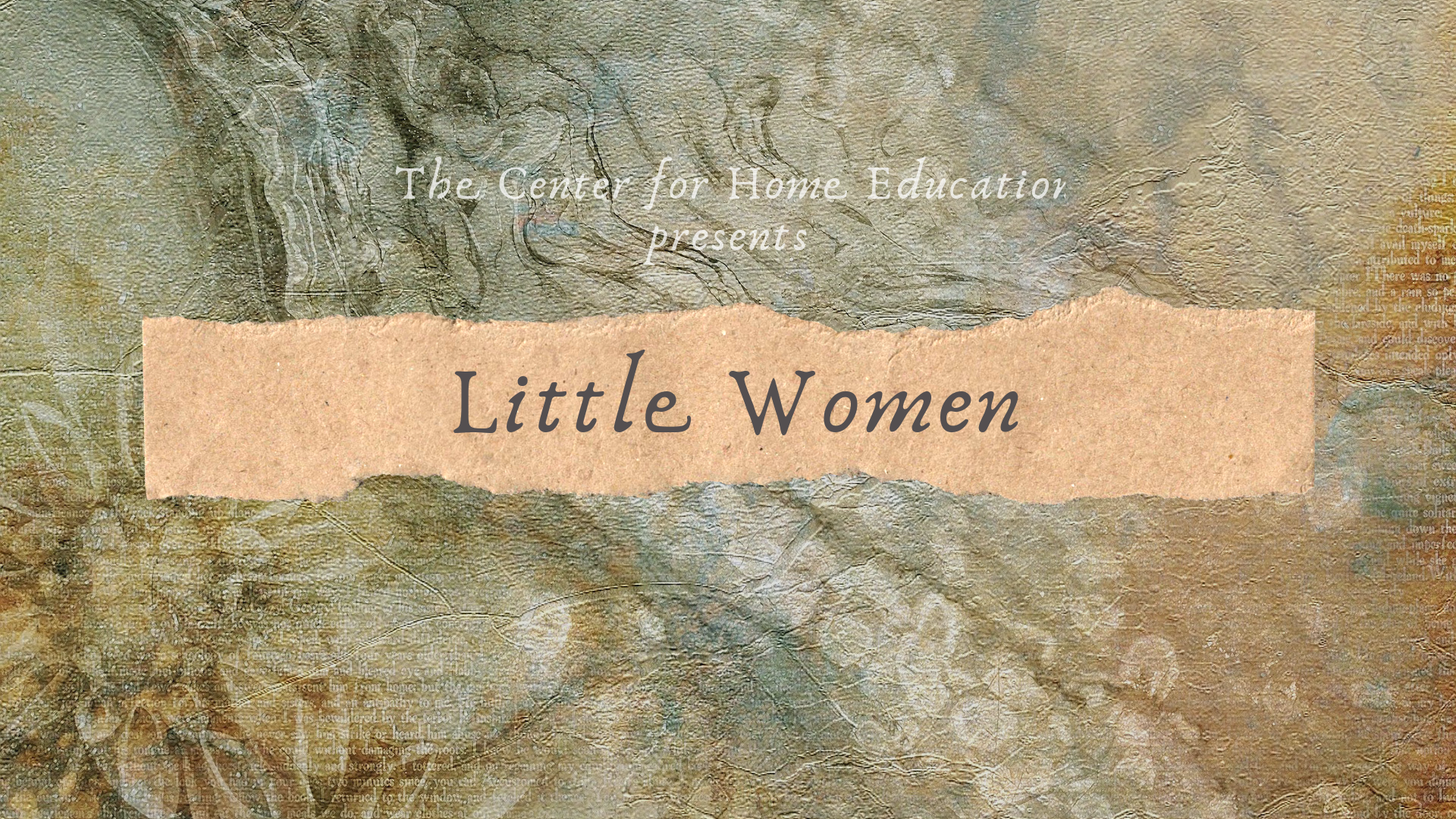
FAQ About Little Women
Little Women
2 years ago | gizem
How does the 2019 adaptation differ from previous film versions?
The 2019 adaptation of "Little Women" directed by Greta Gerwig differs from previous film versions in several ways:
- Narrative Structure: One of the most distinctive features of the 2019 adaptation is its non-linear narrative structure. Gerwig interweaves the girls' childhood and adult years, providing a more complex and layered exploration of their lives and character development.
- Character Focus: The film emphasizes Jo March's role as the author and creator of the story, blurring the lines between Jo's life and the book's events. It also gives more attention to the character of Amy and her artistic pursuits.
- Feminist Perspective: While previous adaptations have also addressed feminist themes, Gerwig's version places a particularly strong emphasis on female independence and agency. It explores the challenges the sisters face in a patriarchal society and their determination to break free from traditional roles.
- Dialogue and Script: The film includes contemporary dialogue that feels more relatable to modern audiences while maintaining the story's historical setting. This approach enhances the characters' relatability.
- Visual Style: Greta Gerwig's adaptation employs a visually striking and vibrant cinematography that sets it apart from previous versions. The costume design and cinematography reflect the period while also providing a fresh and visually engaging experience.
- Character Relationships: The film places a nuanced focus on the relationships between the characters, particularly the complex bond between Jo and Laurie.
- Ending Interpretation: Gerwig's adaptation provides a different interpretation of the book's ending, offering a sense of empowerment and closure for Jo's character that some viewers found refreshing.
- Tone and Mood: The 2019 adaptation balances humor, warmth, and pathos in its portrayal of the March sisters' lives, providing a more dynamic emotional landscape.
